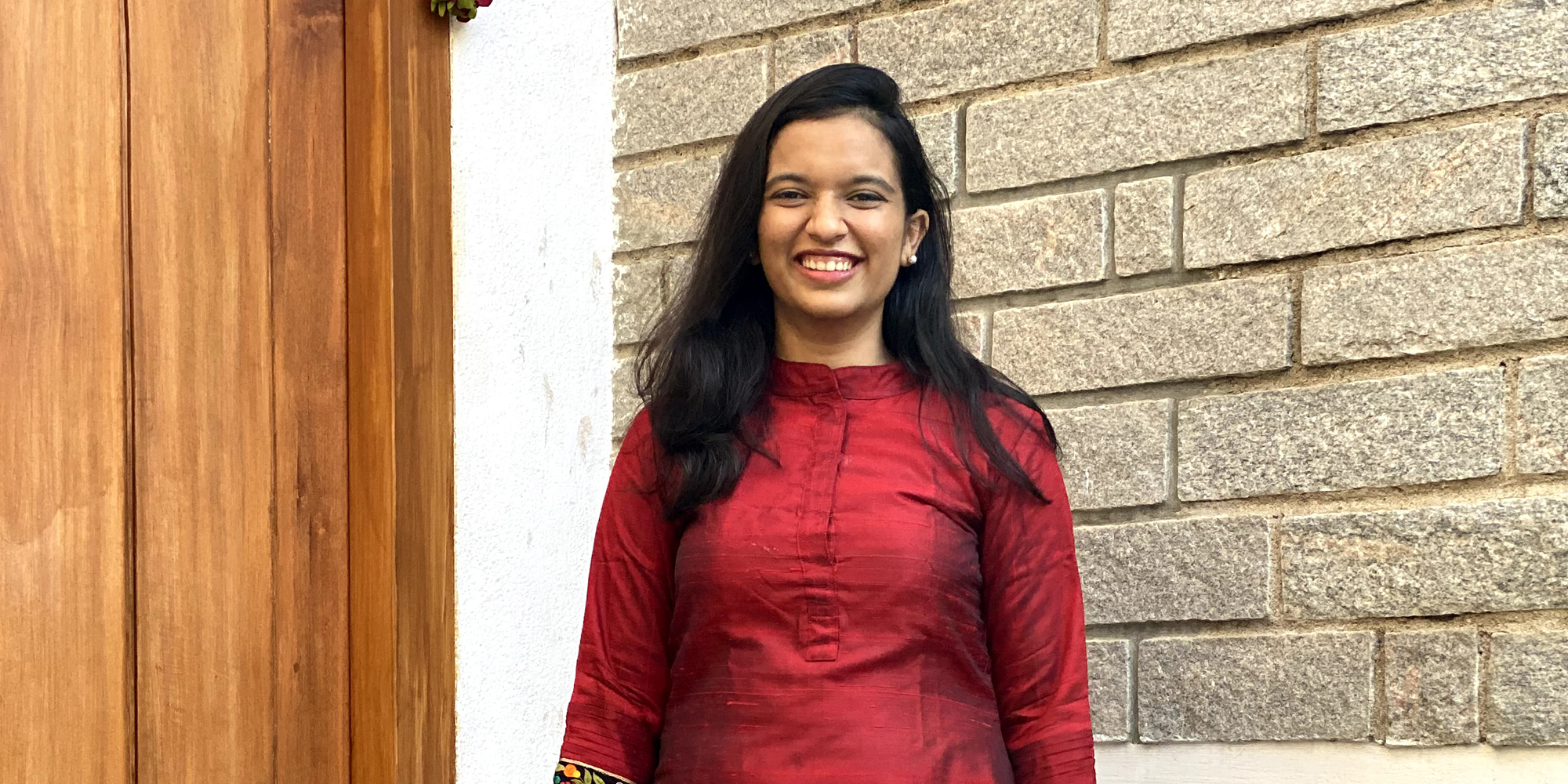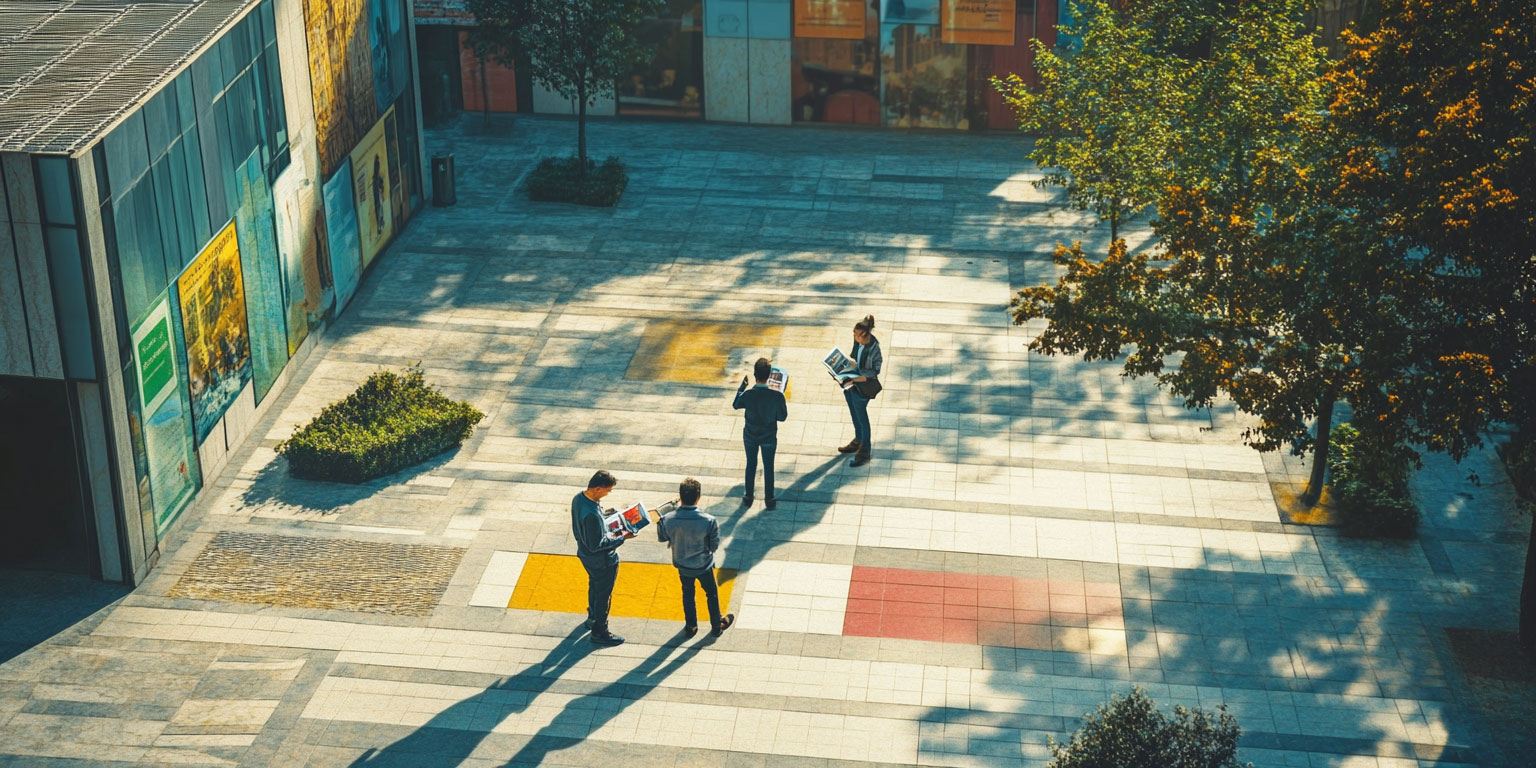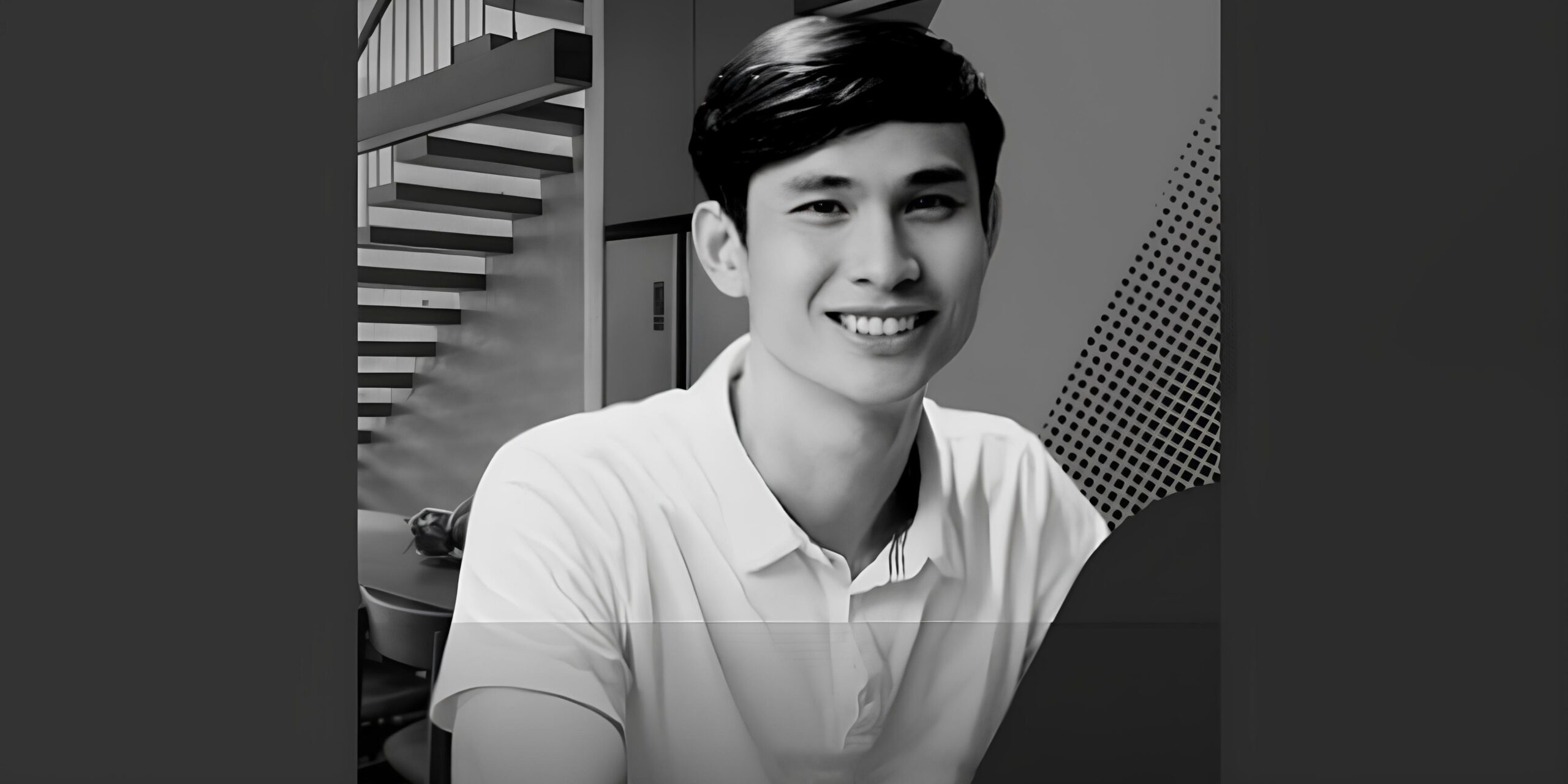Welcome to Media Matters, Fublis’ exclusive interview series where we delve into the minds of media professionals shaping the world of journalism, editing, writing, and beyond. In each episode, we explore the journeys, challenges, and insights of those who play pivotal roles in connecting stories to audiences.
In this edition, we sit down with Sakshi Jain, a dynamic architectural journalist whose career spans from interning at Re-thinking the Future to her current role at The Creators Cohort. Sakshi’s expertise in architectural storytelling has allowed her to bridge the gap between designers and the public, bringing architectural heritage and complex design concepts to life through her words. Her multifaceted journey also includes her work as a postcard designer for India Post, where she visually narrates forgotten tales of architectural grandeur. Sakshi’s passion for making architecture accessible, and her exploration of urbanization’s impacts, make her a compelling voice in today’s media landscape.
Join us as we explore her unique perspective on the future of architecture journalism, her creative process, and her efforts to preserve architectural heritage through storytelling.
Can you share how your journey as an architectural journalist and what led you to your current role at the Creators Cohort?
Sakshi Jain:From intern at Re-thinking the Future to editor-writer for NDH Group, my passion for architecture has always been a driving force. Through my work, I’ve strived to bridge the gap between designers and the public, making complex architectural concepts accessible to all. Joining The Creators Cohort’s Showcase after Season 1 was a natural progression, allowing me to delve deeper into the design ecosystem and continue my journey as an architectural journalist.
As a postcard designer for India Post, how do you approach the visual storytelling of architectural heritage? Could you walk us through your creative process? And share some of your designs?
Sakshi Jain: My journey begins with a whisper, a forgotten tale of architectural grandeur. For our Karnataka circle, the theme was a poignant one: the dilapidated structures of Mysore, once beacons of heritage, now fading into obscurity. I saw a chance to breathe new life into these silent giants.
You mentioned uncovering overlooked aspects of architecture, particularly heritage buildings and urbanization impacts. How do you choose which stories to tell, and what criteria do you use to determine their significance?
Sakshi Jain: My stories aren’t just about buildings; they’re about the lives woven into their fabric. I search for narratives that resonate, that spark curiosity, and that challenge our perceptions. A crumbling facade might hide a tale of resilience, a bustling metropolis could conceal a forgotten village.
How do you see your role in bridging the gap between the public and the architectural community?
Sakshi Jain: I envision myself as a translator, a bridge between two worlds that often speak different languages. Architects design with technical precision and artistic vision, while the public experiences buildings on a visceral level. My role is to make this bridge accessible, to translate the complex language of architecture into a language everyone can understand.
How do you balance your roles as a journalist, postcard designer, and editor/narrator? What challenges do you face in managing these diverse responsibilities?
Sakshi Jain: Balancing these roles is like conducting a symphony:
each instrument plays a unique part, but they must harmonize to create a beautiful melody. As a journalist, I’m the composer, crafting the narrative; as a postcard designer, I’m the artist, bringing the story to life visually; and as an editor/narrator, I’m the conductor, ensuring everything flows seamlessly.
Time management is the key to this symphony. Deadlines loom, projects overlap, and inspiration can be fleeting. The challenge lies in finding the right balance between creativity and efficiency. It’s about knowing when to dive deep into research and when to let my imagination run wild. Ultimately, it’s a delicate dance, a constant juggling act that requires flexibility, passion, and a love for storytelling in all its forms.
Your work involves assisting architects in creatively writing about their projects. What common challenges do architects face in communicating their work?
Sakshi Jain: Architects often find themselves caught between the demands of design and the challenge of articulating their vision. Time constraints, juggling multiple projects, and the fear of sounding overly technical can hinder effective communication. The challenge lies in translating complex concepts into a language that resonates with both clients and the public, while still capturing the essence of their architectural vision.
With your passion for innovative storytelling, where do you see the future of architecture journalism heading? What trends or technologies do you think will shape the industry in the coming years?
Sakshi Jain: The future of architecture journalism is a landscape brimming with potential.
As AI tools continue to evolve, they offer a powerful means to enhance storytelling. Imagine AI-generated virtual tours, interactive data visualizations, or even personalized architectural recommendations based on individual preferences. These technologies can democratize access to architectural knowledge, making it more engaging and accessible to a wider audience.
However, the human element remains indispensable. While AI can assist with tasks like data analysis and content generation, it cannot replicate the nuance, empathy, and critical thinking that a skilled journalist brings to the table. The future of architecture journalism lies in a harmonious blend of human creativity and technological innovation, where AI serves as a tool to amplify our storytelling, not replace it.
As a consultant and freelance journalist, how do you plan to evolve your career? Are there any specific projects or areas of focus you’re excited about exploring next?
Sakshi Jain: As a consultant and freelance journalist, I’m keen to delve deeper into the realm of heritage conservation. There’s a fascinating intersection between architecture, history, and community that I’m eager to explore. I’m particularly interested in understanding the practical challenges and innovative solutions involved in preserving historic structures.
Beyond heritage conservation, I’m also drawn to the diverse facets of architecture. From sustainable design to urban planning, there’s a wealth of knowledge to be gained. I’m excited about the prospect of collaborating on projects that push the boundaries of architectural thinking and contribute to a more sustainable and equitable built environment.
What has been the most memorable story or project you’ve worked on?
Sakshi Jain: The Mysore postcard series, “Namma Ooru Tales – Mysuru,” was a collaborative endeavor that aimed to spark a conversation about the city’s architectural heritage. Working alongside architectural photographer Ar Somika Vishwas K, we created a series of postcards that juxtaposed the beauty of historic structures with their current state of neglect. The goal was to ignite a sense of urgency and nostalgia, inspiring people to rediscover their architectural heritage and advocate for its preservation.
The project was a powerful example of the transformative power of storytelling. A simple postcard could become a catalyst for change, empowering individuals to become active participants in preserving their city’s heritage. Through this series, we witnessed firsthand how a small act of storytelling could create a ripple effect, reviving a forgotten cultural tradition and igniting a passion for preserving our built environment.
How do you stay inspired and continue to find fresh perspectives in the ever-evolving field?
Sakshi Jain: Staying inspired in the ever-evolving field of architecture and journalism requires a constant thirst for knowledge and a willingness to embrace change. I find inspiration in unexpected places: a forgotten corner of a city, a conversation with a local artisan, or even a piece of abstract art. By stepping outside my comfort zone and seeking out diverse perspectives, I’m able to keep my creative juices flowing and discover new angles to explore.
Additionally, staying connected with the latest trends and developments in the field is essential. Whether it’s through attending conferences, reading industry publications, or following thought leaders on social media, staying informed helps me stay relevant and identify emerging opportunities.




